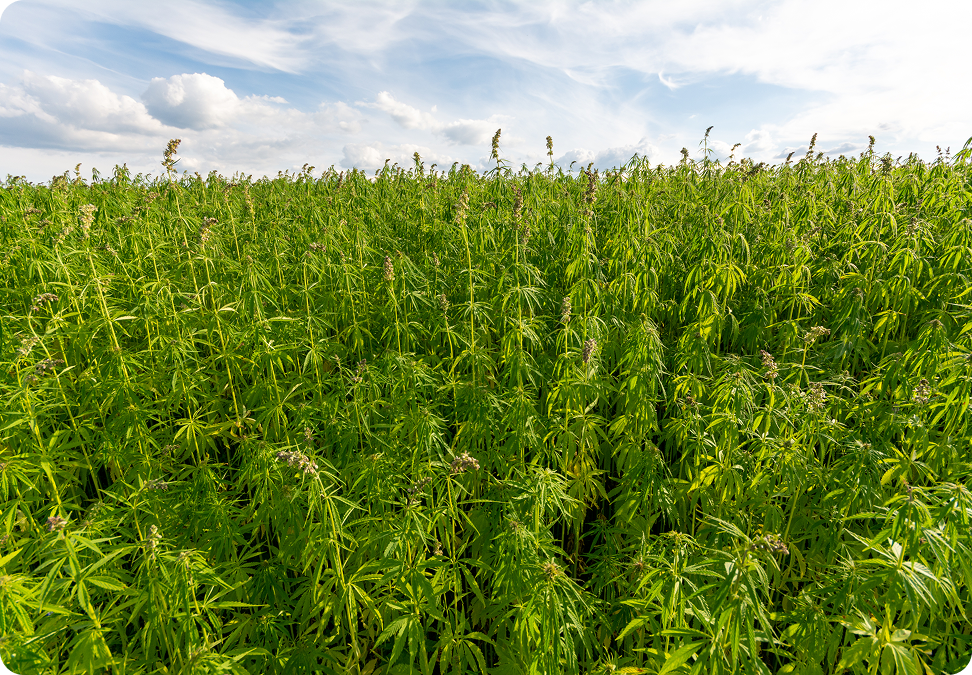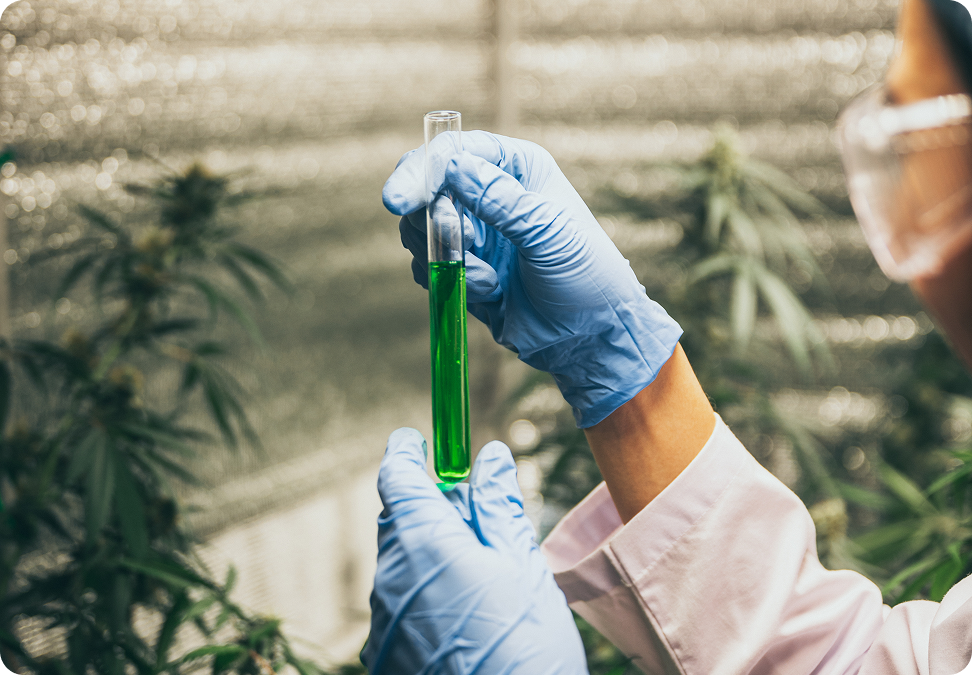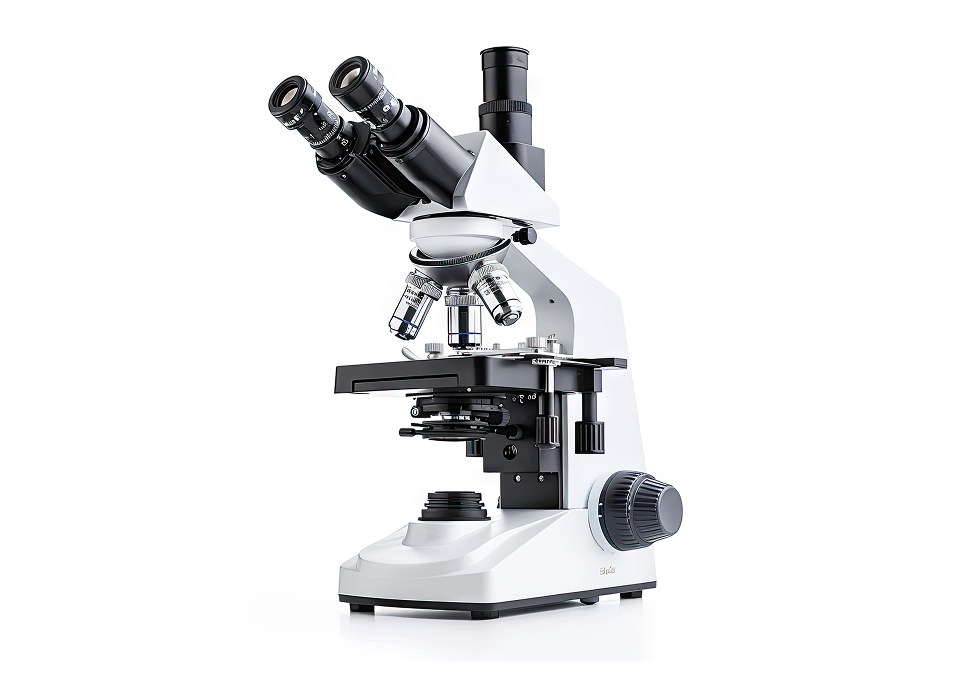botanical brilliance:
more than just a plant

A LIVING LEGACY
Hemp is one of the oldest cultivated plants in human history, used for textiles, food, rope, and building materials for over 10,000 years.
From ancient China to colonial America, hemp supported economies and communities with its fast growth and sustainable output.
But today, what sets hemp apart—legally and scientifically—is how it is grown, processed, and regulated to meet the strictest modern compliance standards. Its path to legality is defined by a single molecule: THC.
Science at the Roots
Unlike its psychoactive cousin marijuana, hemp has been selectively bred—and is stringently tested—to produce very low levels of THC (less than 0.3% by law).
This transformation is the result of both advanced agricultural science and regulatory oversight, creating a plant that’s legal to cultivate and sell under federal law.
Chemical Composition:
The Natural Complexity of Hemp

Cannabidiol (CBD)
Calming, Non-Psychoactive
Cannabidiol is the most well-known non-intoxicating cannabinoid in hemp.
It interacts with the body’s endocannabinoid system, helping to regulate mood, inflammation,
and stress response.
CBD doesn’t bind strongly to CB1 receptors, which is why it doesn’t cause a “high.”

Cannabigerol (CBG)
The Precursor Compound
CBG is considered the “mother cannabinoid,” as it converts into CBD, THC, and others during plant development.
Though found in small amounts, CBG is being studied for its potential neuroprotective and antibacterial properties.
It interacts with both CB1 and CB2 receptors in unique ways.
Cannabinol (CBN)
Aged Cannabinoid
CBN forms when THC degrades over time or with heat exposure.
While mildly psychoactive, CBN is best known for its potential calming effects and may support sleep and relaxation.
It’s often found in aged hemp extracts or cured flower
THC (in Trace Amounts)
Present but Controlled
Hemp legally contains less than 0.3% Delta-9 THC by dry weight.
This small amount is not enough to cause intoxication but must be carefully monitored through lab testing.
THC interacts with CB1 receptors, which produce psychoactive effects in higher doses
Terpenes
Aroma & Effect Modulators
Terpenes are aromatic compounds that give hemp its distinct scents—citrus, pine, earthy, floral.
More than just smell, they may influence how cannabinoids affect the body by contributing to the “entourage effect.”
Common terpenes in hemp include myrcene, limonene, and linalool.










The Science of Processing:
From Harvest to Refinement
The Science of Processing
Legal Science & Transparent Testing
Hemp is only legal when it complies with strict standards—especially around THC content. Every reputable grower and processor follows a structured testing protocol:
Sampling
Licensed farmers collect flower samples from each hemp batch to ensure consistency and compliance
Testing
Independent labs test the sample for potency, cannabinoid profile, residual solvents, heavy metals, and pesticides.
Analysis
Results are verified against state and federal guidelines. Batches that exceed THC limits cannot be sold legally.
Review
Certificates of Analysis (COAs) are issued for compliant products and used to validate product labeling and safety.
In-Depth Insights & FAQs
What makes hemp different from marijuana?
While both are varieties of Cannabis sativa, hemp is legally defined as containing less than 0.3% Delta-9 THC by dry weight. Marijuana typically contains higher THC levels and produces psychoactive effects.
How is THC removed from hemp extracts?
Techniques like chromatography and distillation can reduce or isolate THC from hemp oil. This helps products stay compliant with federal and state laws.
Are all cannabinoids psychoactive?
No. Most cannabinoids in hemp, like CBD, CBG, and CBN, are non-intoxicating. THC is the primary psychoactive compound and is only present in trace amounts in legal hemp
How does lab testing work?
Labs use high-performance liquid chromatography (HPLC) to measure cannabinoids, detect contaminants, and confirm legal compliance. Every batch should have a COA (Certificate of Analysis).

Conclusion
From field to finished product, hemp’s journey is rooted in science, compliance, and transparency. Rigorous oversight ensures every legal product is safe, tested, and non-intoxicating.
We hope this page offers new insights into both the plant and the process that makes it legal and accessible.
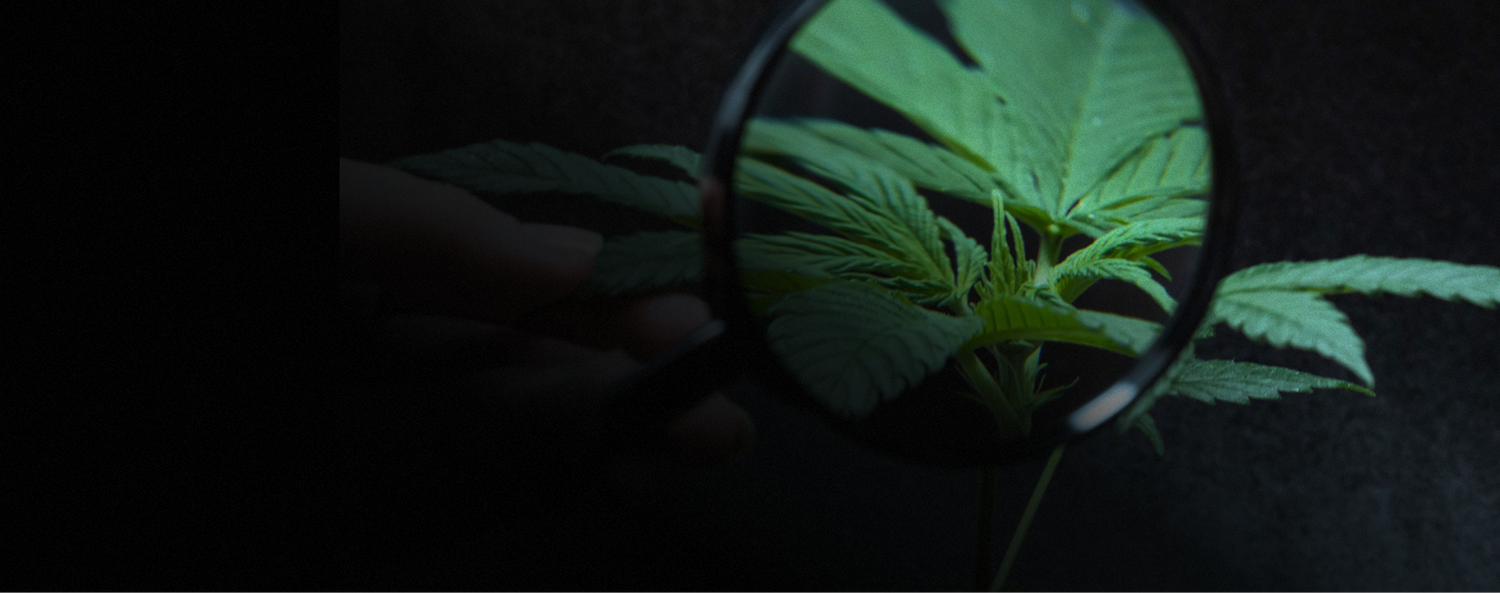
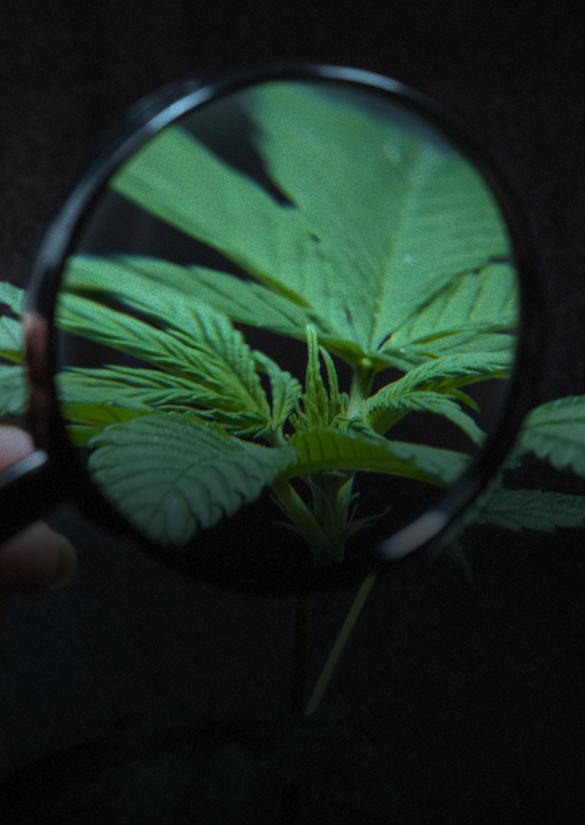 -%}
-%}
